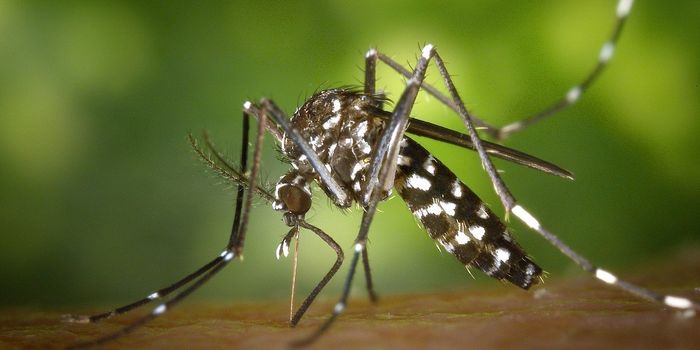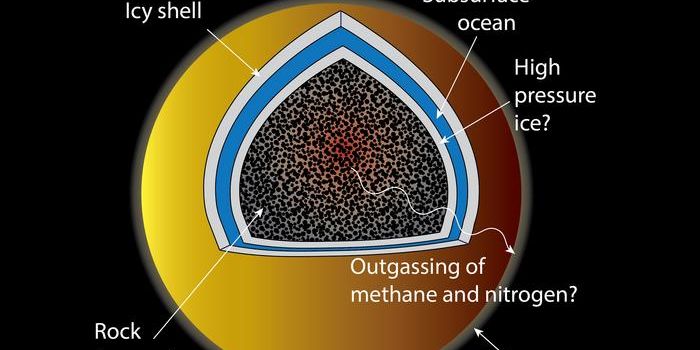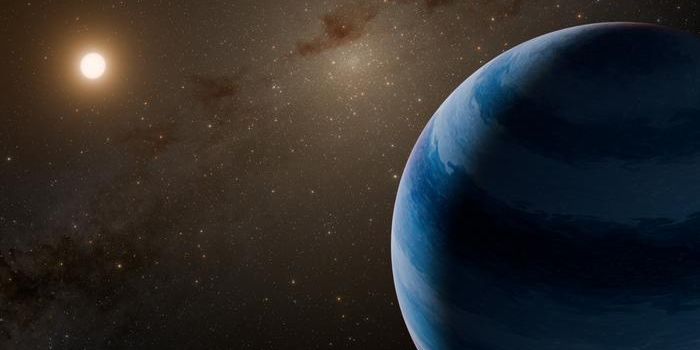Inducing Hibernation Could Protect Living Organisms from Cosmic Radiation
While many animals hibernate (called a state of torpor) on a seasonal basis, they often do it for a singular purpose: to preserve energy in a time where there is likely to be little to no food available to them. During the hibernation process, organisms undergo several changes: they see a reduction in body temperature, slowed metabolism and heart rate, and, at the genetic level, slowed protein production.
There may even be ways to induce torpor in organisms that don’t normally hibernate, including humans. But what would the benefits of this be? According to a new study published in Scientific Reports, a team of researchers at Biophysics Department of the GSI Helmholtzzentrum in Darmstadt suggests that promoting torpor states could protect astronauts in space from the effects of certain types of cosmic radiation.
The idea sounds like science fiction, conjuring up images of a distant future. But if feasible, it could offer astronauts protection against a serious health risk associated with extended space habitation. On a regular basis, astronauts are subjected to a range of different types of radiation that are often so high in energy that there are not feasible ways to create protection around a spacecraft to stop this radiation from targeting humans. Radiation includes galactic cosmic radiation, such as densely ionizing heavy ions. In fact, astronauts are exposed to this radiation at a rate of 200 times more than they would be on Earth. Enter torpor states as a possible way to protect astronauts from this threat.
While researchers have known for some times that organisms who naturally hibernate are protected from different types of radiation, the research published in Scientific Reports represents the first attempt to (1) induce a torpor state in an animal that does not hibernate (in this case, a rat) and prove that torpor states offer radiation protection. The research team used carbon ions to replicate space radiation, and found that torpor states helped reduce the amount of tissue that was damaged by radiation exposure.
Closer examination of study results revealed the source of this protective benefit: lower oxygen and metabolic rates, which could aid in the repair of DNA exposed to radiation.
More research is needed before this technique could be applied to humans, but this research is an important step towards achieving that goal.
Sources: Eurekalert!; Scientific Reports








